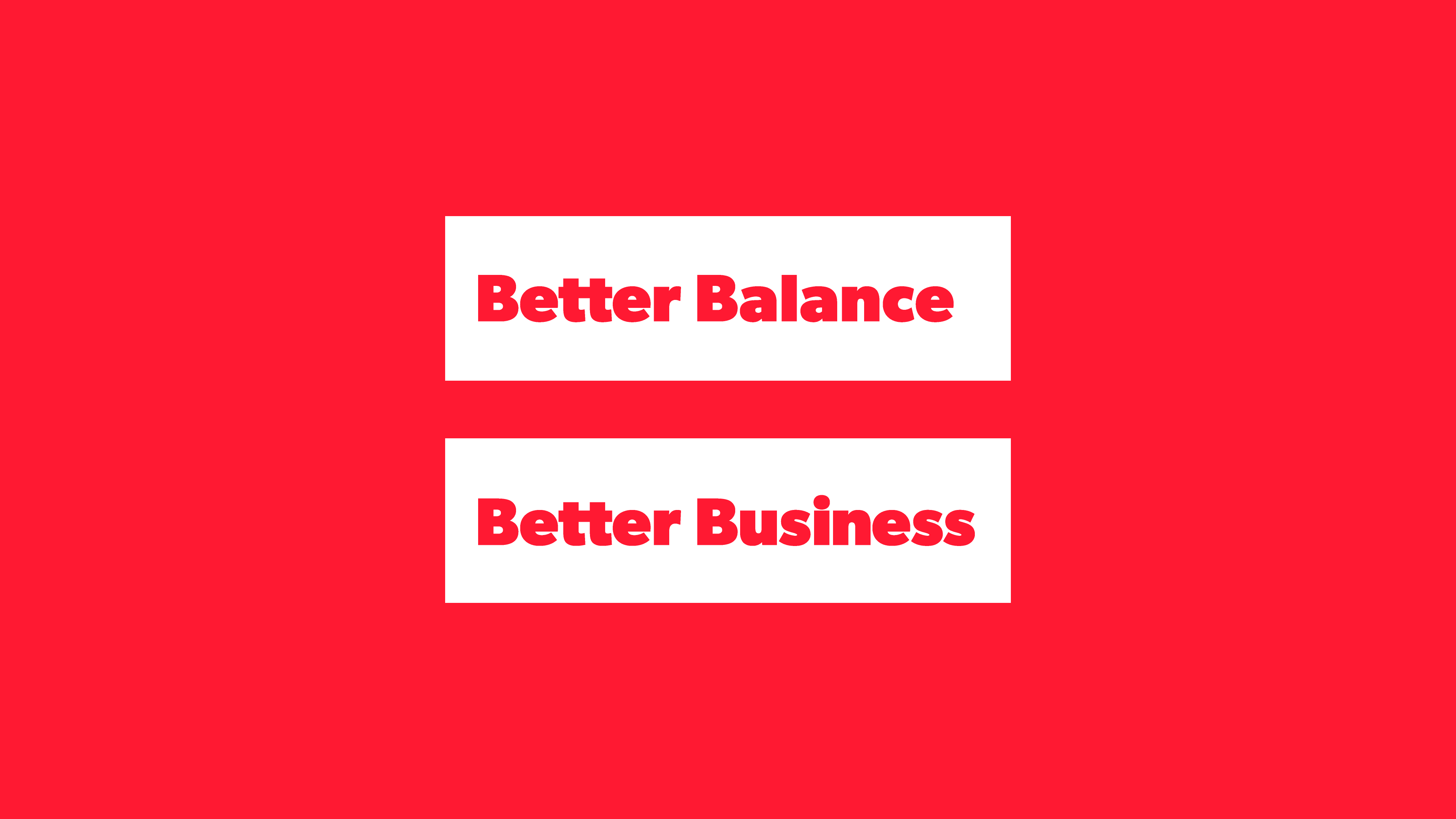Today marks International Women’s Day, and this year’s theme is Balance for Better.
In order for the day to have real value, we need to move away from the bandwagoning, pink fluff, box-ticking content and get down to the facts. What does Balance for Better really mean?
The first step to tackling any issue is admitting there is one and we think the tide is beginning to turn on this one. Working in creative agencies, where the gender balance has been skewed and not always a priority, years of campaigning for better might finally be bearing fruit. People are more engaged in social justice than ever before and gender balance is being put on the agenda. Recently Diageo CMO Syl Saller penned a personal letter to all its creative and media agencies requesting the numbers on gender diversity and pay gaps within their teams.
No doubt people will be hash-tagging Balance for Better to their hearts content today, but the power is lost if it’s not grounded in what this really means. If balance is indeed better then how so?
Let’s look at the business case for gender balance. There have been countless studies that outline the benefits of better balanced teams. For those who might dismiss the day, this isn’t a Hallmark event and the concept for better balance across the workforce is rooted in cold hard facts. McKinsey recently published an article on the matter and outlined some of the following benefits of having a balanced team:
- Teams are more productive
- Teams are more measured when it comes to risk-taking
- Teams are better at problem-solving
- It has a Halo effect on the employer brand
- Decision making is more reflective of all the members
- Increased operational profit
- Employees are more engaged
- Increased client retention & satisfaction
Having a balanced team drives results at ALL levels of the organisation, and that’s not just a “women’s issue”, that’s everyone’s business.
At RichardsDee gender balance is hugely important to us. Here are our team stats:
- Gender equality (47:53 / 47% Women: 53% Men)
- Founders (50:50)
- Senior members of staff (50:50)
This blog post was brought to you by a gender-balanced team.
